Table of Contents
Dogs have long been known as Man’s best friend, but no one can pinpoint precisely when humans started keeping dogs as pets, but the estimated time ranges from roughly 12,000 – 40,000 years ago, and what a journey/relationship that has been.
Like every other relationship, Man’s relationship with dogs has its share of ups and downs. Dogs can be loveable and loyal and all other positive attributes. However, they can be dangerous at times, but some certain breeds cause more damage because of their size or bite force (force of their jaw when biting).
Many factors can lead to a dog becoming aggressive, but the most common factors are lack of socialization, frustration, or fear. Any dog can be aggressive, but obviously, large dogs are more likely to inflict severe damage.
After 1998, The Centers for Diseases Control and Prevention (CDC) discontinued including breeds in their reports, making it difficult to give an accurate list of the most aggressive dog breeds. The CDC scrapped adding breeds in their information to encourage people to pay attention to environmental and behavioral factors that can make a dog aggressive regardless of whether it is a Chow Chows or a Saint Bernard.
Now, based on the damage they can inflict, these are some of the World’s most dangerous dogs.
NOTE: This list is in no particular order.
1. Saint Bernard
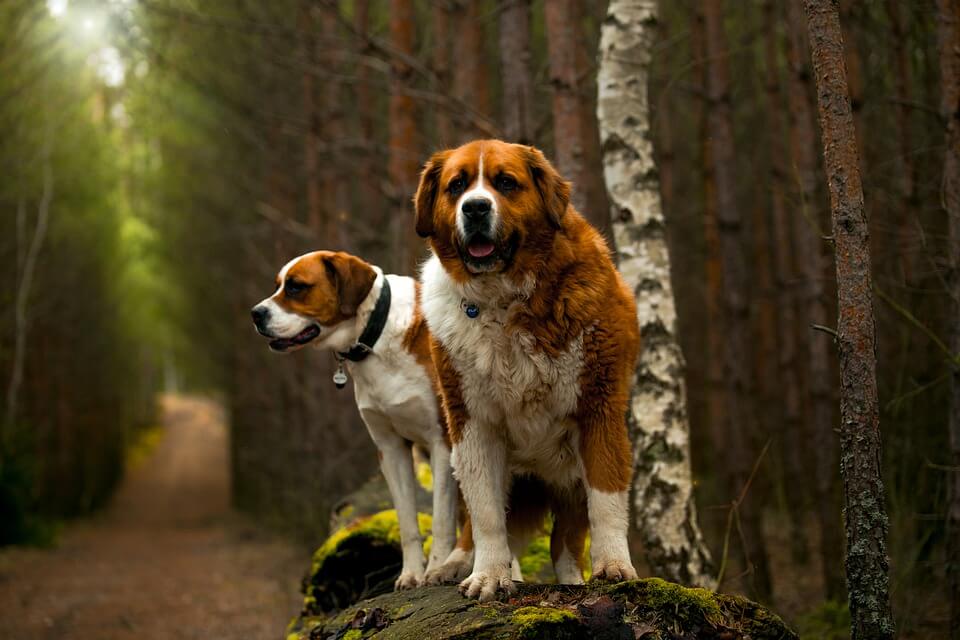 Famous for rescuing people from snow, these giant dogs from the Swiss Alps are generally friendly and intelligent. Seeing it make this list might surprise people who picture Saint Bernard as a faithful and loving dog.
Famous for rescuing people from snow, these giant dogs from the Swiss Alps are generally friendly and intelligent. Seeing it make this list might surprise people who picture Saint Bernard as a faithful and loving dog.
However, they can become aggressive in certain situations, especially if they are not adequately socialized or are afraid.
St. Bernards are quite large when fully grown, weighing up to 200 pounds. St. Bernard was listed as being involved in seven Dog Bite Related Fatalities (DBRFs).
2. Great Dane
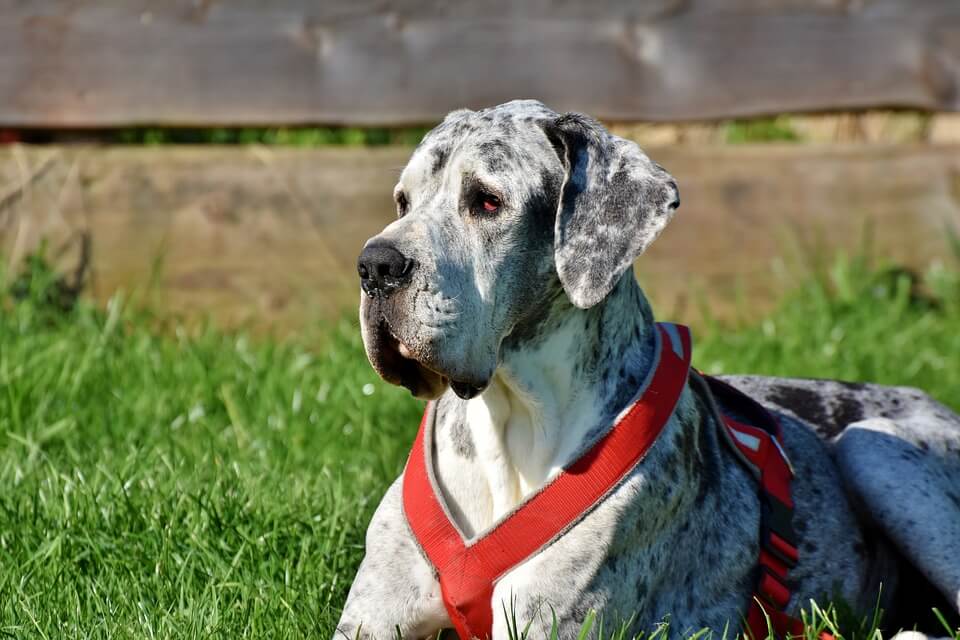 They were initially developed as a dog of war (Dow), standing higher than 31 inches at the shoulder and taller than an adult human being when standing on their hind legs.
They were initially developed as a dog of war (Dow), standing higher than 31 inches at the shoulder and taller than an adult human being when standing on their hind legs.
The Great Dane is widely regarded as a gentle giant, coupled with their somewhat clownish looking face. Still, if not properly socialized and trained as a puppy, they can be challenging to handle when fully grown. The CDC reported seven dog bite fatalities for the Great Dane.
3. Doberman Pinscher
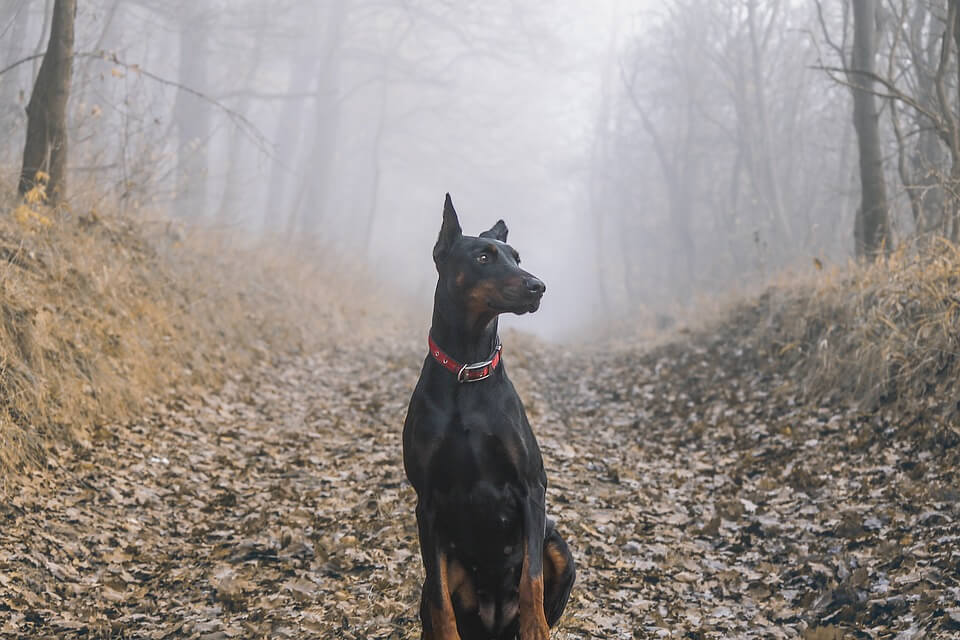 Dobermans are energetic and powerful dogs, and they are excellent guard dogs.
Dobermans are energetic and powerful dogs, and they are excellent guard dogs.
They are wary of strangers and fiercely loyal to their humans, and very affectionate and protective of children, especially with whom they are raised.
The military and Police love them for their exceptional intelligence. Dobermans require a great deal of exercise, training, and socialization.
Nine dog bite fatalities have been attributed to Doberman by the CDC.
4. Kangal Shepherd Dog
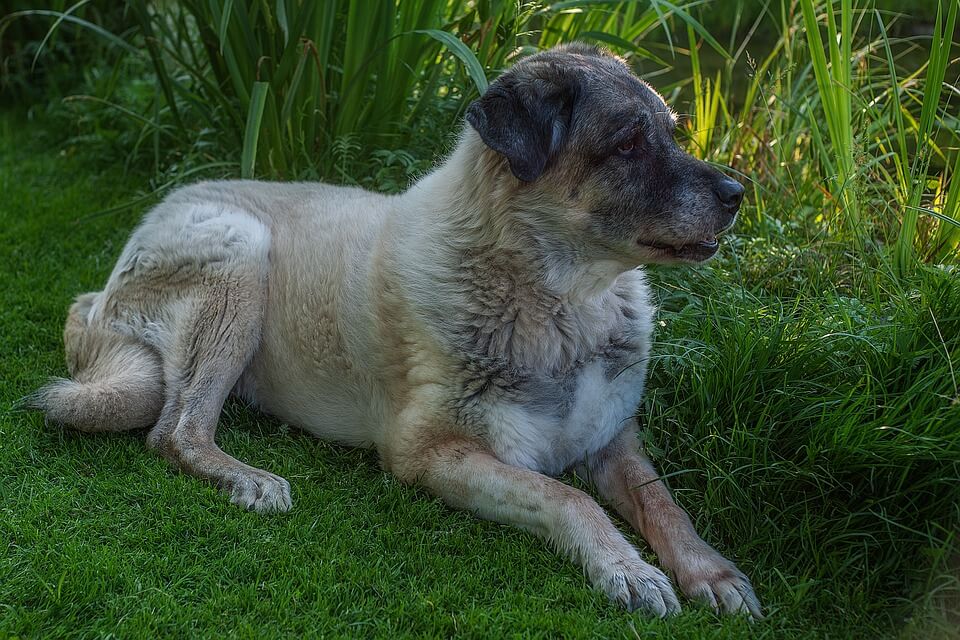 The Kangal comes from the Mastiff family and has its roots in Sivas, Turkey. This sheepdog is large, energetic, and strong enough to ward off predators like wolves, cheetahs, lions, and bears. While the Kangal is often referred to as a sheepdog, it is not a herding dog but rather a flock guardian that lives with the flock of sheep to actively fend off predators of all sizes.
The Kangal comes from the Mastiff family and has its roots in Sivas, Turkey. This sheepdog is large, energetic, and strong enough to ward off predators like wolves, cheetahs, lions, and bears. While the Kangal is often referred to as a sheepdog, it is not a herding dog but rather a flock guardian that lives with the flock of sheep to actively fend off predators of all sizes.
Kangals are very protective, gentle, and friendly. However, with their size and bite force of above 743 PSI, that makes them dangerous to anyone who threatens them or anything they’re guiding.
5. Wolf-Dog Hybrid
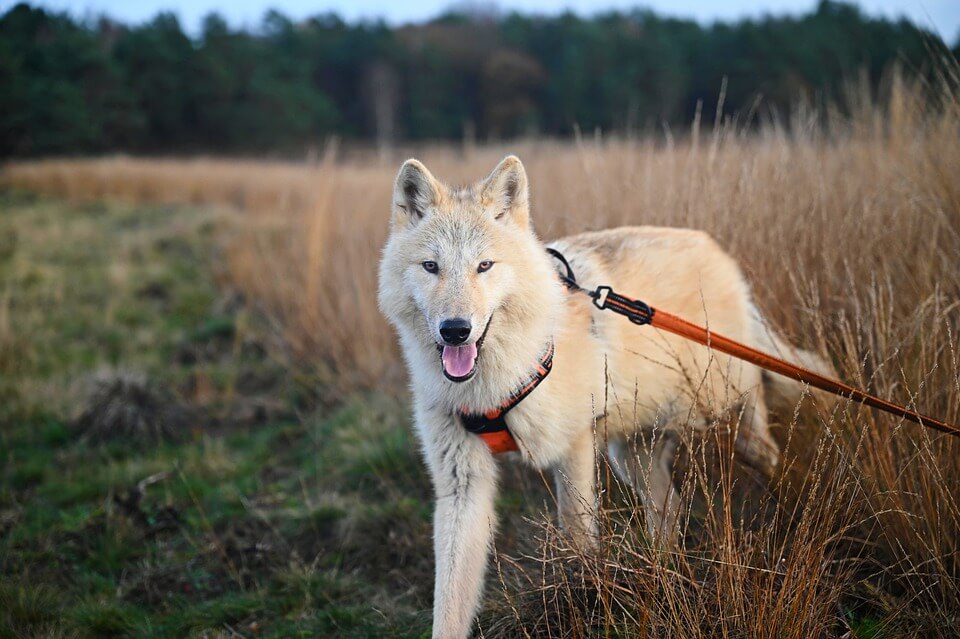 Between 1979 and 1998, over 12 wolf-dog hybrids were involved in a fatal dog biting incident, according to CDC reports. A hybrid of one of four types of wolf and domestic dogs, wolf dogs are a controversial pet to have and are restricted in some States and Cities in The United States.
Between 1979 and 1998, over 12 wolf-dog hybrids were involved in a fatal dog biting incident, according to CDC reports. A hybrid of one of four types of wolf and domestic dogs, wolf dogs are a controversial pet to have and are restricted in some States and Cities in The United States.
According to the CDC reports, the wolf-dog hybrid has the highest number of DBRFs among the list of crossbreeds. The wolf-dog hybrid has a powerful bite force of 406 PSI.
6. Chow Chow
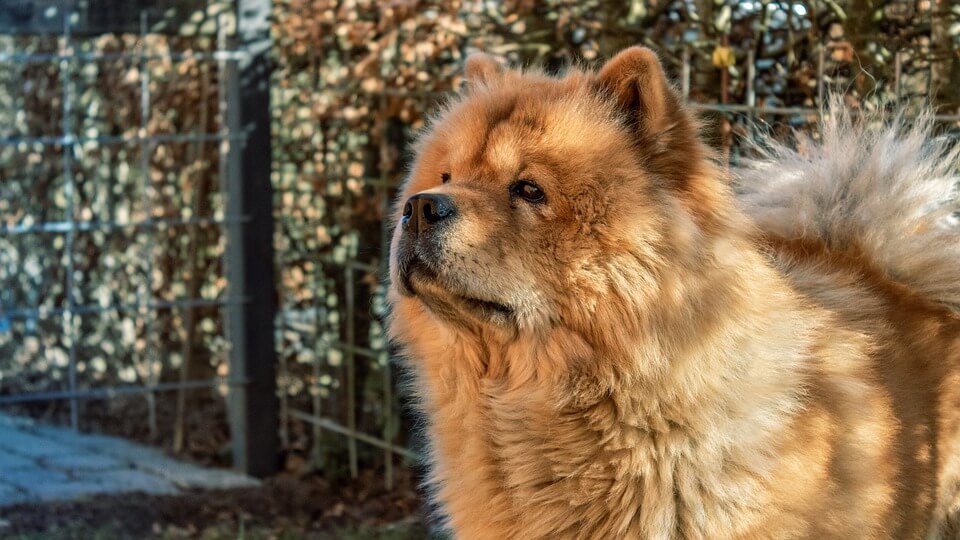 Commonly called “Songshi Quan” in Northern China, which means “puffy lion dog,” the reason is evident in their small ears and bushy manes.
Commonly called “Songshi Quan” in Northern China, which means “puffy lion dog,” the reason is evident in their small ears and bushy manes.
Chow Chows is an East Asian dog breed and one of the oldest still in existence. Between 197o to 1998, the CDC reported up to eight dog bite fatalities inflicted by Chow Chows. With jaws as powerful as that of a lion and a 220 pounds per square inch (PSI) but force, this breed is a real danger when provoked.
There were three reported DBRFs from suspected Chow Chow mixes.
7. Siberian Husky
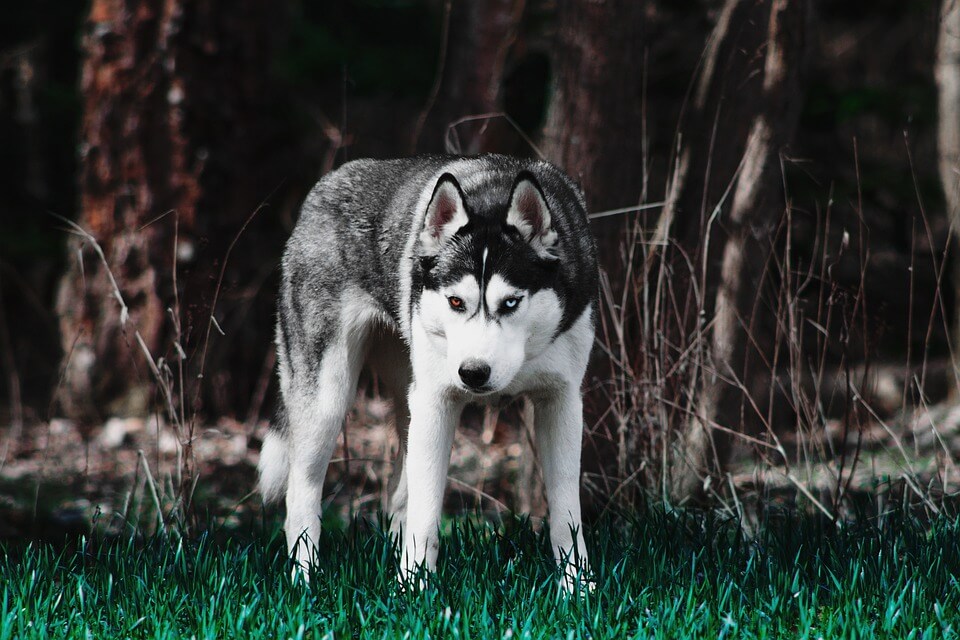 Siberian Husky is a very energetic dog with a very high energy level and always ready to play. Huskies are very friendly and outgoing due to their playing spirit, but they can be stubborn and require a great deal of attention and training.
Siberian Husky is a very energetic dog with a very high energy level and always ready to play. Huskies are very friendly and outgoing due to their playing spirit, but they can be stubborn and require a great deal of attention and training.
Reports by the CDC shows 15 dog bite fatalities for Siberian Huskies and six DBRFs mixed breeds “husky-type” dogs. There’s a high chance these mixed breeds may include similar-looking breeds like wolf-hybrids, Alaskan Malamutes, or even German Shepherds.
8. Pit Bull
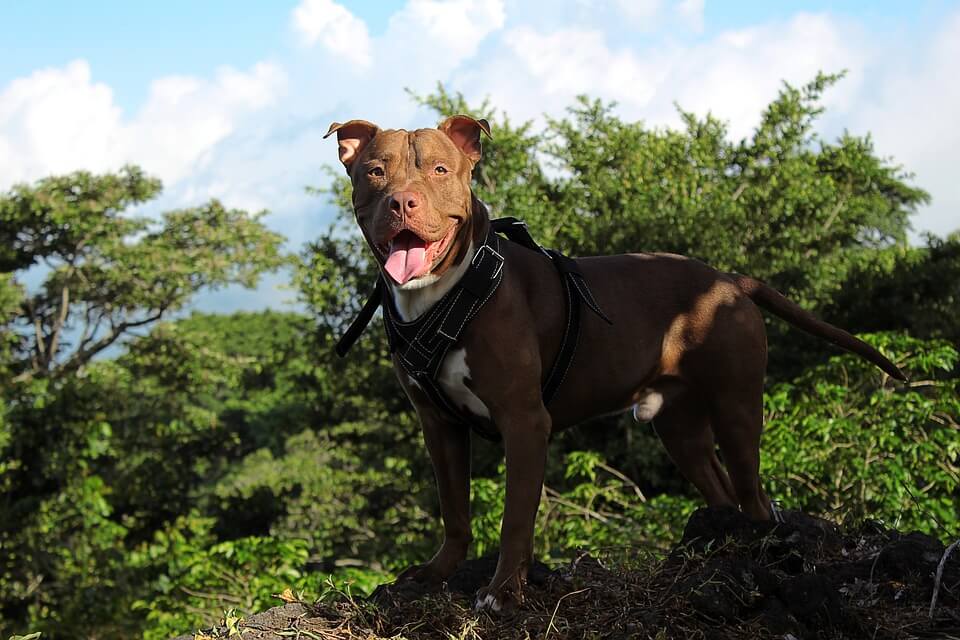 Eyebrows won’t be raised seeing the Pit Bull dog breed in this list, which probably because of the constant media hype that pit bulls are involved in the most DBRFs in the CDC’s most aggressive Dog breeds study covering 1979 through 1998.
Eyebrows won’t be raised seeing the Pit Bull dog breed in this list, which probably because of the constant media hype that pit bulls are involved in the most DBRFs in the CDC’s most aggressive Dog breeds study covering 1979 through 1998.
According to the report, over 65 deaths were from “Put Bull type” dogs, which could also mean other breeds and mixes.
Pit bulls are intelligent, funny, and very playful dogs. However, they are also responsible for a large number of injuries and fatalities.
9. Rottweiler
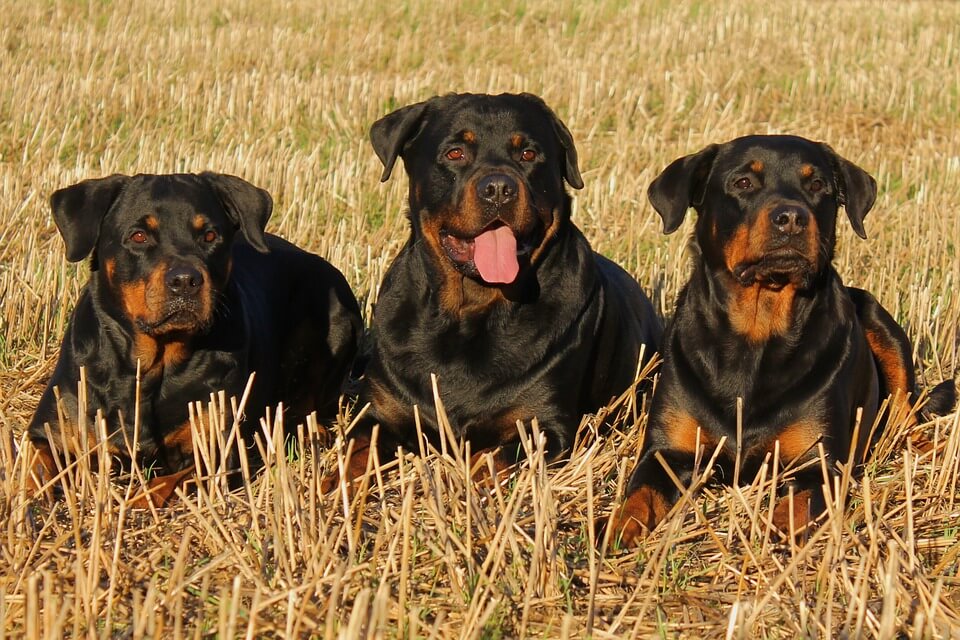 This breed came in second behind the Pit Bull in CDC’s report. According to the CDC study, Rottweilers were involved in 39 dog bite fatalities.
This breed came in second behind the Pit Bull in CDC’s report. According to the CDC study, Rottweilers were involved in 39 dog bite fatalities.
The Rottweiler can inflict a lot of damage when they bite because of their well-muscled and robust frame, but a well trained and socialized Rottweiler can be a great pet. They are intelligent, active, and require a lot of attention and exercise; with a bit force of 328 PSI, you wouldn’t want to stand in front of a provoked Rottie.
10. Alaskan Malamute
 Originally bred to pull a sled in the Arctic, Malamutes are powerful dogs; because of this, they need firm training and discipline from their owners.
Originally bred to pull a sled in the Arctic, Malamutes are powerful dogs; because of this, they need firm training and discipline from their owners.
According to the CDC report, 12 bite fatalities were attributed to Alaskan Malamutes. There are three listed deaths for suspected Malamute mixes, which might have been Malamute or not; they share similar looks with several other breeds.
The Major Problem With Breed Bite Statistics
Researchers working on Dog bite-related studies want the general public to know that statistics like this are unreliable. An epidemiologist who worked with the CDC stated, “no centralized reporting system
for dog bites exist, and incidents are typically relayed to some entities, such as the Police, veterinarians, animal control, and emergency rooms, making meaningful analysis nearly impossible.”
Another factor throwing a wrench in the statistics is that dog bites are not always reported, especially when it’s a family member’s bite.
Many highly popular breeds also cannot be accurately counted. This makes calculating the “risk” of being bitten difficult without knowing the percentage of the breed in the U.S.
Why Are Some Dogs Dangerous?
 A study of DBRFs published in 2013 reviewed 256 cases that did not mention any breed because only 17.6% of the dogs were correctly identified.
A study of DBRFs published in 2013 reviewed 256 cases that did not mention any breed because only 17.6% of the dogs were correctly identified.
The authors of the study stressed that the factors that make up “the most dangerous dogs in the world” are all preventable and not breed-based:
- 21.1% of the dogs were abused or neglected.
- 37.5% of the dogs received no socialization or training.
- 76.2% of the dogs were not treated as family pets and had little positive human interaction.
- 84.4% of the dogs were not fixed.
- 85.2% of the dogs were strangers to the victim.
- An adult did not supervise 87.1% of the dogs.
The Best Way To Deal With Aggressive Dogs?
Dog bite fatalities are a terrible circumstance, mainly because most times it’s preventable. Many studies have shown that more socialization, training, and better care for dogs goes a long way in reducing the need for determining the World’s most dangerous dog breeds. Man and Dog’s relationship has come a long way, and it’s our responsibility as dog “pawrents” to make them feel safe and loved “furever.”
Another important step is to participate in community dog bite prevention programs, which can teach dog owners and non-dog owners alike how to correctly recognize when a dog is giving off a warning and understanding dog body language to avoid aggressive dog behavior.

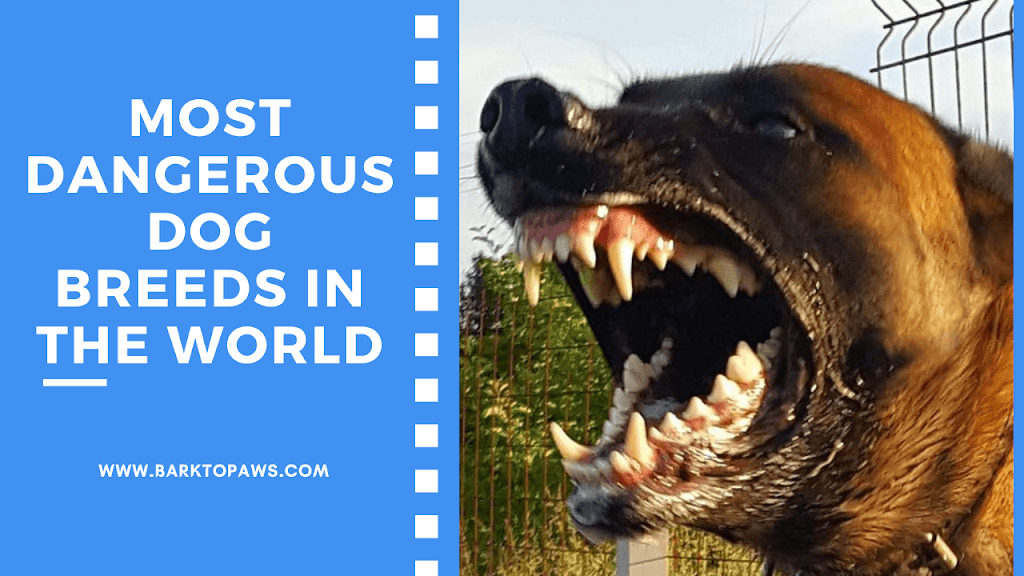

Je veux travailler avec dévouement juste qu’il me faut immigrés hors j’ai mon passeport qui ne m’a pas servi depuis ces dernières années. Merci pour votre compréhension
Merci de vouloir faire quelque pour mon immigration au Canada
J’aime bien les chiens surtout les Pit Bull
Good job